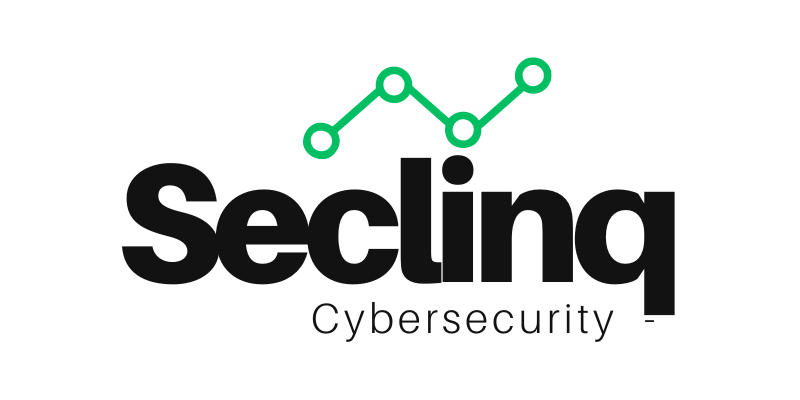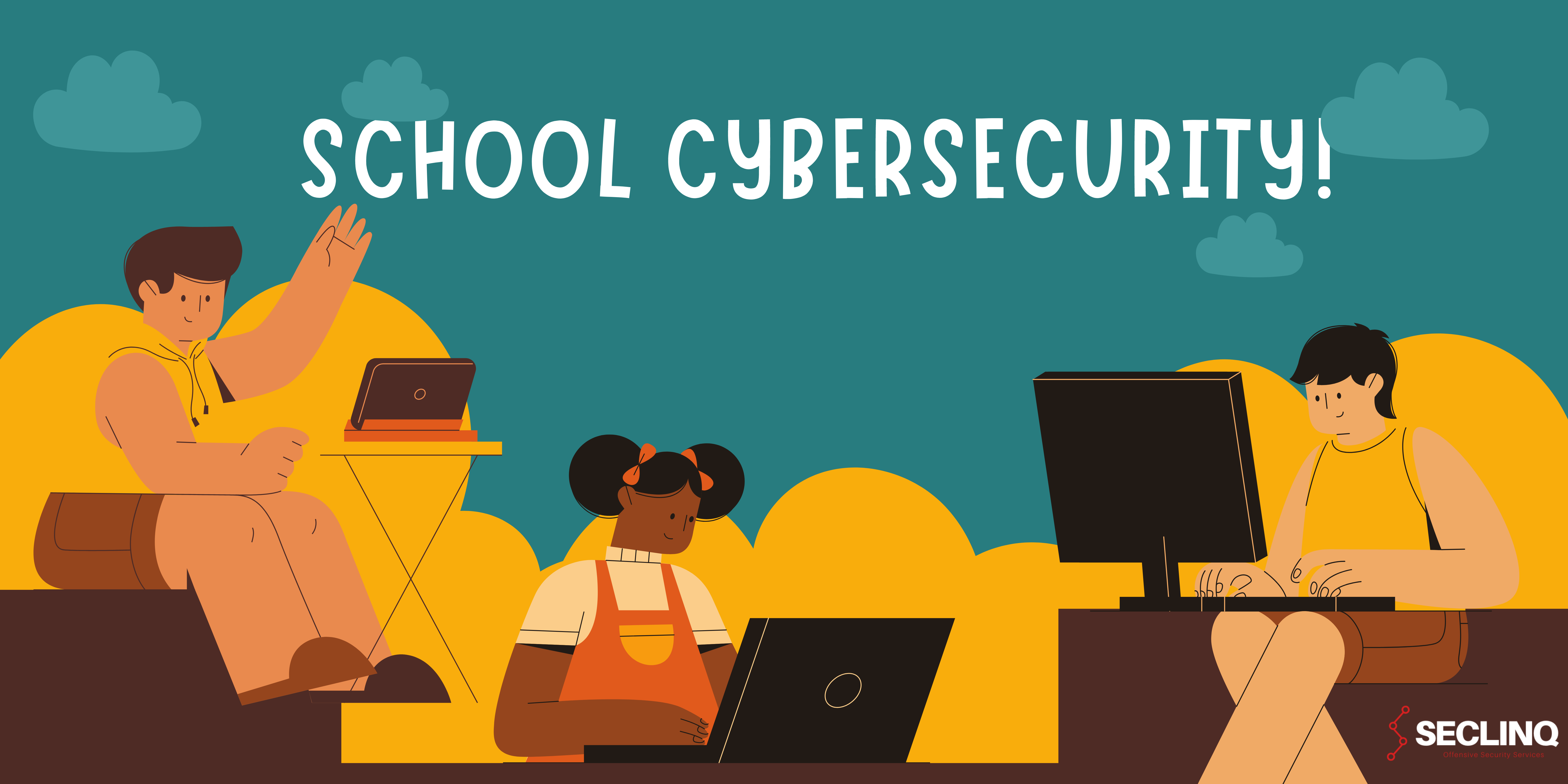The new work-from-home trend has changed the focus of school cybersecurity efforts away from the traditional office environment. For similar reasons, schools are being forced to adopt new risk management strategies in light of the growing popularity of distance education programs. In August 2020, the average number of attacks against school systems in the Netherlands had jumped by 30 % month-over-month, compared to a 6.5 % increase for all sectors. The frequency of ransomware assaults % on higher education institutions throughout the globe is expected to double in the next two years.
Due to the increasing number of students studying online and instructors and school employees working from home, threats to schools in the Netherlands are on the rise. Information technology (IT) infrastructures have expanded well beyond the protective perimeters of school networks and security systems, increasing the threat to cyber security. In fact, 62% of all malware exposures in the last 30 days were in education, according to a recent Microsoft Security Intelligence research.
Why does school cybersecurity matter?
There is an increase in the frequency of cyber events affecting schools and colleges, such as a phishing effort to steal money and passwords or a ransomware assault to encrypt files and prohibit access to the information contained therein Why, then?
- Many cyber incidents are untargeted
They may spread to any school that lacks basic security measures.
- The school holds plenty of sensitive information
A few examples include the financial data of employees and their families as well as the health records of pupils. All of this must be held in the strictest confidence.
- Cyber Criminals want to make money
There is an understanding that an organization’s information is frequently so valuable to the organization that they may be willing to pay a ransom to have it back
Assessing the threats
Students’ and instructors’ personal information is the most important thing to keep secure when it comes to online educational platforms and school cybersecurity.
In many respects, school security risks are much like those faced by businesses. The education sector, on the other hand, has its own particular set of challenges to cope with. The fact that pupils in lower grades are less likely to have had any training in school on cyber security than most adult office employees that is of fundamental importance.
However, one emerging concern that should not be ignored is assaults initiated by students themselves because they do not want to attend lessons or take tests. Security expert Rod Soto notes that many schools have moved to online education market providers, making their systems less susceptible to DDoS (distributed denial-of-service) assaults. However, they are still vulnerable to attack tools that may be readily downloaded, as shown by the recent disruption of remote learning in the Netherland.
Most relevant school cybersecurity threats
The following points are some of the most common threats that School IT leaders should be aware of and take precautions against:
-
Data breach
To protect students’ personal information, data breaches are a major concern for educational institutions. Schools are frequently the target of cyberattacks because of the wealth of personal information they store about students, faculty, staff, and even parents.
-
Denial-of-service
DoS attacks occur when a network resource or server is intentionally overburdened with request traffic. As a result, many schools are less concerned about connectivity due to a lack of the security safeguards employed by businesses. Attackers can steal sensitive information by shutting down school servers that keep track of who is accessing their networks when they are under a denial-of-service attack (DDoS). As previously indicated, the possibility of distributed denial-of-service (DDoS) assaults by students must be taken into account.
-
Malware, ransomware, and phishing
Phishing is the act of an attacker sending an email pretending to be from a genuine company or individual with the intent of tricking the receiver into providing sensitive information. Phishing emails are commonly infected with malware (software that may damage) and ransomware. Schools are especially vulnerable to these kinds of attacks because students are less aware of the dangers of clicking on links or reading emails that contain them.
-
Unpatched, outdated software vulnerabilities
Networks and systems are more vulnerable to hacking when they use out-of-date or unpatched software and hardware. As a result, schools are more likely to leave specific security flaws unpatched, despite the fact that patching and updating systems are simple.
-
Cyberbullying
Angering or harassing another person by means of a mobile device (such as a smartphone or tablet) may be a criminal act. Cyberbullying Research Center estimates that 37% of students have been victims of cyberbullying.
-
Inappropriate content
It is possible for students’ devices to become infected with inappropriate content if acceptable use policies and content filters are either ignored or circumvented.
-
Online predation
Online predators are becoming more active as more students are able to learn from the comfort of their own homes.
How to prepare for school cybersecurity attacks?
- Schools are the prime target of cybercriminals
Schools need to increase their data security procedures in light of the rising amount of cyberattacks. It’s essential to invest in anti-virus and anti-malware solutions that are both inexpensive and effective. In addition, penetration testing for the school infrastructure would give visibility to the current security state.
- More security training is required for the staff
It is imperative that school administrators and teachers be kept up to date on the most recent dangers to IT security so that they can react effectively to data breaches, ransomware, and phishing attempts, among other hazards.
- Be wary of phishing attacks
Phishing attacks against School libraries are aimed to trick professors into handing over personal and financial information, such as their Social Security numbers and tax returns. When it comes to recognizing phishing attempts, it is essential to know what to look for.
Conclusion
Everyone who is enrolled or employed at a school has access to fresh learning experiences. However, many of these institutions are susceptible to cyberattacks. Educating the public is essential in the face of an ever-evolving threat environment where hackers have plenty of time to develop new schemes and harmful viruses. According to Soto, “Students and teachers need to be aware of the dangers of being targeted by malevolent actors and the hazards of utilizing online platforms.” He strongly urges that all institutions develop a clear and enforced acceptable use policy so that students and professors alike know what is acceptable and unacceptable when using remote learning tools.
Schools that lack in-house cyber security experience may find managed security service providers to be a lifeline. Long-term, safe, and effective remote learning can be achieved with the assistance and cooperation of these providers. However, bear in mind that not all service providers are equal when it comes to data security and privacy. Do your study before hiring a third-party service provider to manage your systems and services.

